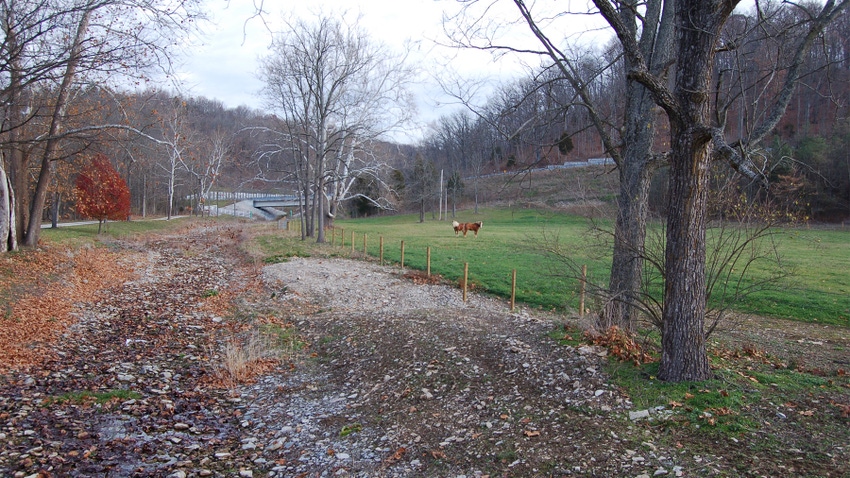
Confusion over what landowners can do in floodways came to a head in eastern Indiana when a landowner claimed he didn’t need a permit to finish a drainage ditch. The situation boiled over when it appeared two Amish families might be forced to tear down new houses because flood designations changed. The Legislature exempted the homes already built. Meanwhile, it established a Drainage Task Force to deal with other issues.
The task force got off to a rocky start when it first appeared it wouldn’t be created after all. Then, three meetings later, it ended in controversy when the overall finished report failed to receive enough votes for adoption.
At the heart of the matter is the Department of Natural Resources’ charge to oversee drainageways in Indiana. DNR does that through general licenses, which allow specific actions without a permit, and the permit system itself.
“We won’t know yet what the Legislature may take up, but there seems to be agreement on several things,” says Andy Tauer, Indiana Farm Bureau’s executive director of public policy. “DNR has already made some changes to clear up when a permit is needed for many tasks.”
Digging deeper
Caitlin Smith, recently named associate director of government affairs for INFB, works with Tauer. Previously, she worked for DNR. “Even though the task force didn’t send up recommendations, there was considerable agreement on three key issues,” she says.
1. Notice to landowners. “There are multiple layers of regulations related to floodplains at the federal, state and local level,” Smith says. “And there was no requirement that a landowner must be notified if status of the land changed.”
However, there is support for establishing a notification system to alert a landowner if there is a change in flood status affecting his or her property.
2. Additional authority for general licenses. “This boils down to DNR issuing a general license statewide and no longer requiring a permit for specific practices,” Smith says. “The two which seemed to get support for a general license were farm fencing and farm crossings over streams.”
Over the past couple of years, DNR already posted a general license for several practices, she notes. You no longer need a DNR permit in most cases.
This includes streambank protection, which allows a landowner to place protection in the floodway. The proposed work must be in a rural area and must be less than 300 feet long. It must align with exempted work from the U.S. Army Corps of Engineers and the Indiana Department of Environmental Management, and requires prior notification.
It also includes tree removal from the floodway with hand-operated equipment. You can cut and remove a tree that has fallen into water without removing the root ball; cut and remove a tree without removing the stump and root ball by excavation; cut and remove an uprooted tree from a natural disaster including the root ball; and cut a tree and grind the stump, without removing the root ball by excavation, and fill the hole.
General license also allows for creek rock removal for up to 50 cubic yards of rock without prior notification.
Find more on the DNR website.
3. Indiana drainage handbook update. This hasn’t been addressed since 1999, Smith says. No consensus was reached as to who should oversee it, she adds.
Read more about:
Land ManagementAbout the Author(s)
You May Also Like




